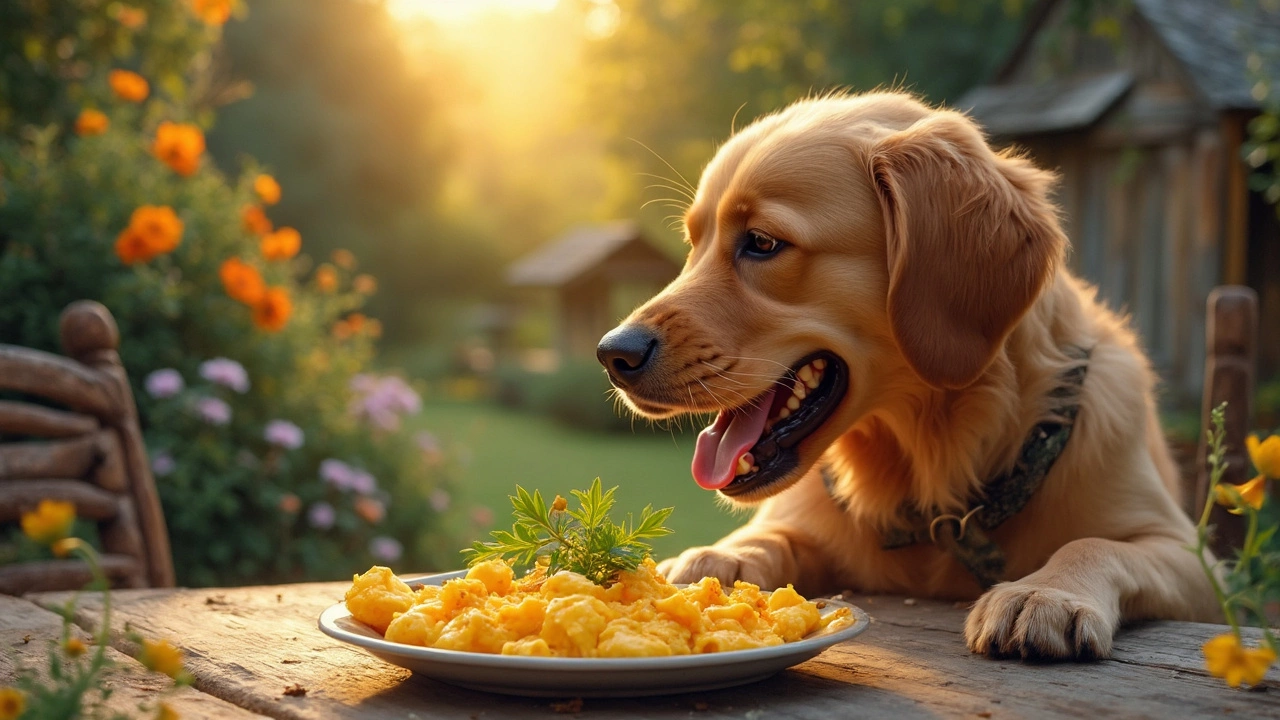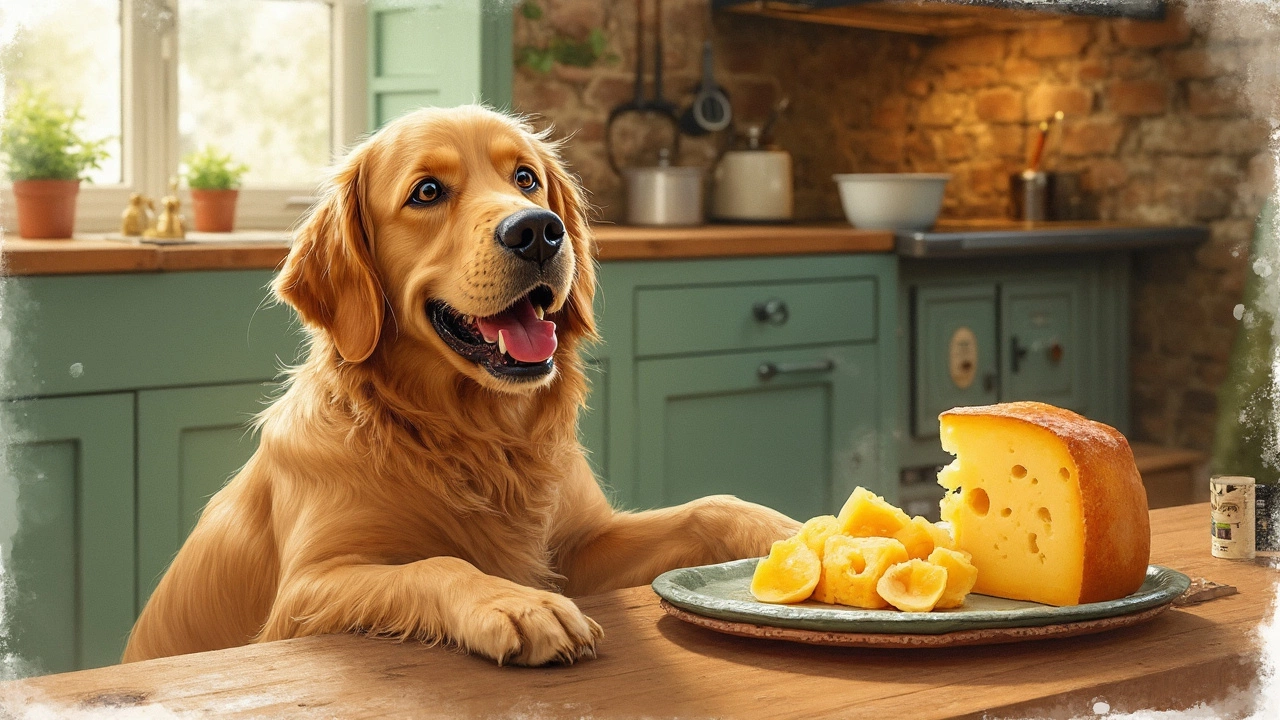Dog Diet Tips: Simple Ways to Feed Your Pup Healthily
Feeding your dog isn’t just about filling a bowl. A good diet keeps him energetic, supports his joints, and helps his coat stay shiny. Below you’ll find easy steps to build a balanced menu, set a feeding routine, and pick treats that add nutrition, not junk.
Building a Balanced Meal
Start with a protein source that makes up about a quarter of the daily calories. Quality meat, fish, or a vetted commercial kibble works well. Add a modest amount of healthy fat—think fish oil or a drizzle of olive oil—to give skin and coat the boost they need. Carbohydrates from sweet potatoes, rice, or oats provide steady energy, but keep them under half the bowl.
Vitamins and minerals are the tiny helpers that keep everything running. If you feed a complete commercial diet, you’re covered. For homemade meals, sprinkle a vet‑approved supplement mix or add veggies like carrots, peas, and spinach. Never give onions, garlic, or large amounts of dairy—they can upset a dog’s stomach.
Choosing Safe and Tasty Treats
Treats should be a mini‑meal, not a candy bar. Aim for treats that are less than 10% of total daily calories. Galloway Gourmet Dog Treats offers bite‑size options made from natural ingredients, so you can reward your dog without adding unnecessary fillers.
When you pick a treat, read the label. Look for whole foods—real meat, fruits, or vegetables—rather than vague terms like “meat by‑product.” Avoid artificial colors, flavors, and sweeteners. A treat list that includes dehydrated liver, sweet potato chews, or blueberry bites works great for most pups.
Keep the treat routine consistent. Offer a small piece after a walk, during training, or when your dog sits calmly. This reinforces good behavior and keeps the calorie count under control.
Feeding frequency matters too. Adult dogs usually do well with two meals a day, spaced 8‑12 hours apart. Puppies need three to four smaller meals because their tummies are tiny and they grow fast. Adjust the portion size based on weight, activity level, and breed.
Watch your dog’s weight and energy. If he’s gaining inches around the waist, trim the portions or swap a high‑fat treat for a lower‑calorie chew. If he’s sluggish, you might need a bit more protein or a higher‑energy snack.
Hydration is the silent hero of any diet. Fresh water should always be available, and wet treats or foods can help if your dog doesn’t drink enough. Adding a splash of low‑sodium broth to dry kibble can make meals more appealing.
Finally, involve your vet. A quick check‑in can confirm that the diet meets your dog’s specific needs—especially if he has allergies, diabetes, or joint issues. With a solid base, a steady schedule, and smart treats, you’ll keep your pup thriving for years to come.

Can Dogs Eat Scrambled Eggs? Here's What You Need to Know
Ever wondered if your furry friend can enjoy scrambled eggs as a treat? Learn about the nutritional benefits and potential concerns when giving eggs to your dog. Discover if scrambled eggs are safe and how they can fit into a balanced diet for your pup.
View more
Is Cheese Safe and Healthy for Dogs?
Cheese, a popular human treat, can be a tasty snack for your dog but should be given with care. It's high in fat and calories, so moderation is key to avoid weight gain or digestive issues. On the plus side, cheese can be an excellent source of protein and calcium for dogs. Learn important facts, potential risks, and helpful tips about including cheese in your dog's diet.
View more